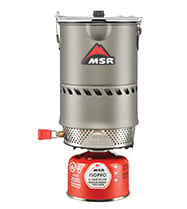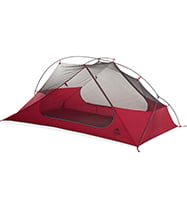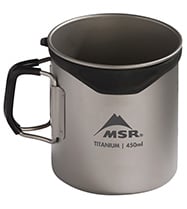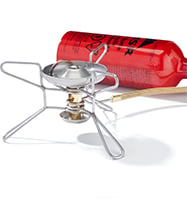More than Bikepacking: How to Help Foster Environmental Sustainability
My introduction to bikepacking was unintentional, which is perhaps why it never felt like my two-wheeled adventures needed to focus on me. My first forays didn’t involve much more than a backpack filled with fishing gear and a tent, riding my 90’s era mountain bike down dirt roads toward reservoirs in Truckee and creeks in Davis, California, intent on fishing for the weekend. As an undergraduate in Bozeman, Montana, my lack of a driver’s license left me peddling up Hyalite Reservoir Road, touring skis strapped to my backpack as I rode that same bike from my dorm to a weekend basecamp.
These days, I still avoid putting together routes based on their distance or elevation gain, choosing instead to find purpose in escaping from my normal routine at a slower pace, intent on seeing places I have already been in a different light. Quick evening overnighters with friends, spins around trails that have experienced recent wildfire and countless traverses of mountains in search of antler sheds, fishing holes and mushrooms. If anything, these trips are meant to connect me with the intricacies, patterns and nuances that make each place special, to understand the relationships between facets within each ecosystem that take place regardless of my existence.
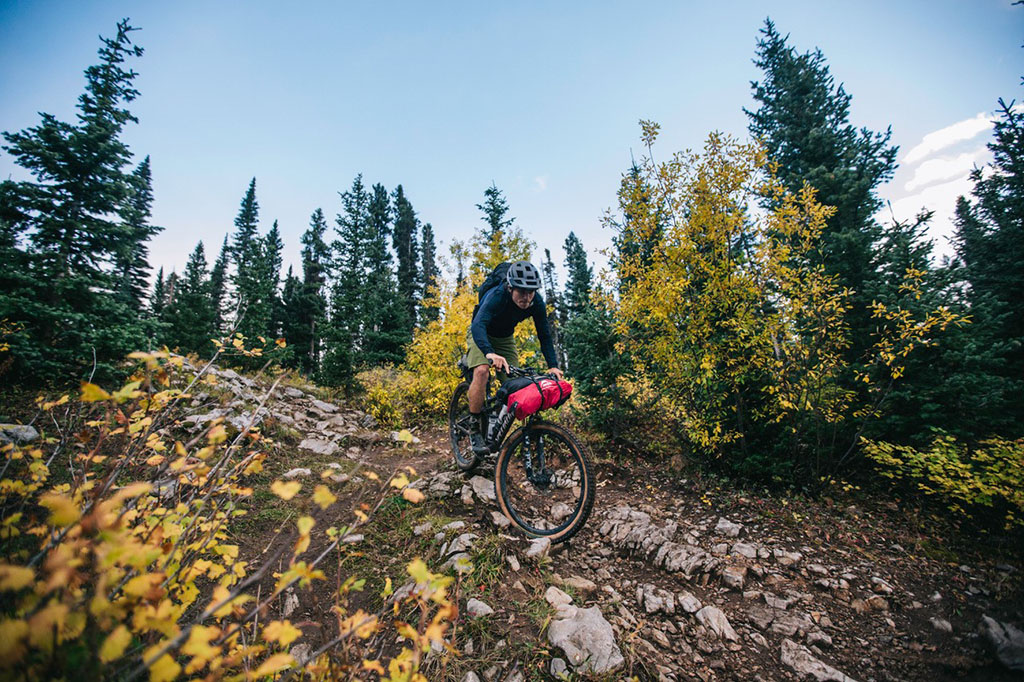
It was a decade ago, back in Bozeman that I found myself as an ecologist for the National Park Service studying pine bark beetles and whitebark pine trees in the greater Yellowstone ecosystem. Wandering trails in search of stands of trees to take pith cores and inspect canopy health, I recognized the linear relationship between what I had observed over years of bikepacking and the data gathered regarding climate change’s effect on the impact of beetle kill on tree stands. As northern climates warmed, early-season frosts became less frequent, reducing the mortality rate of pine bark beetle larvae, which in turn would go on to infest and kill additional trees. Each year, the beetles would reach higher and higher elevations, their range expanding, eventually leaving the trees with nowhere to go once beetles found habitat at mountain tops. This work left a lasting impact on not only my view of outdoor recreation but on my life path.
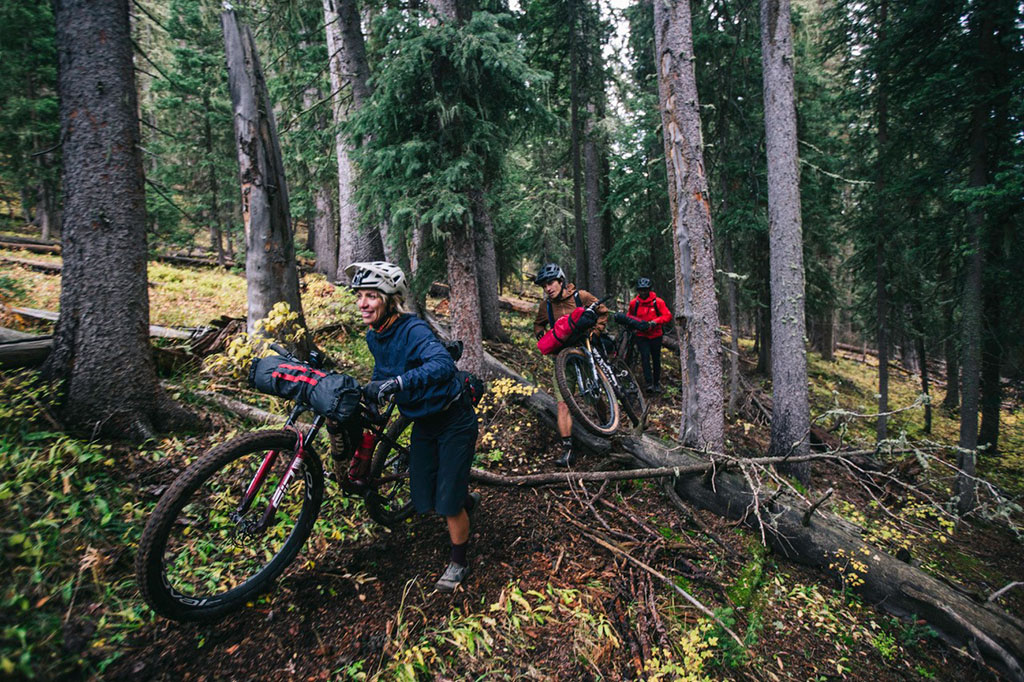
Alongside MSR, Therm-a-rest, Protect Our Winters, Specialized and others, we have produced a film—Usufruct—to heighten awareness of our responsibility as outdoor recreationalists to not only tread lightly but to take care to actively protect our surroundings so that we can pass them on to future generations. All of this starts with a few simple steps we can all take for sustainable camping and outdoor pursuits.
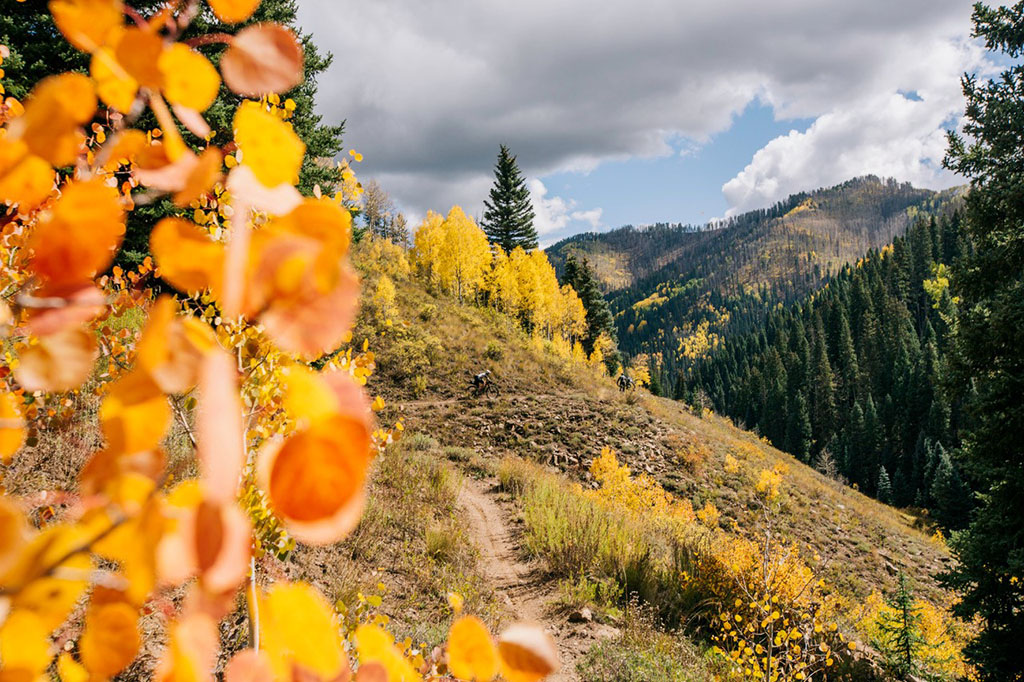
Appreciate Place
When outdoors, take the time to be present. Being present can take place while pedaling, making coffee on your Whisperlite® stove or filtering water from a stream. Being present is to forgo the past and the future. Whatever your action, nothing should matter beyond taking in what is around you. The sound of the wind, water, and birds. The way certain trees bend, change color or differ from their neighbors. The traversing of a food chain from pine nut to woodpecker to squirrel. Understanding a place is the first step to protecting it.
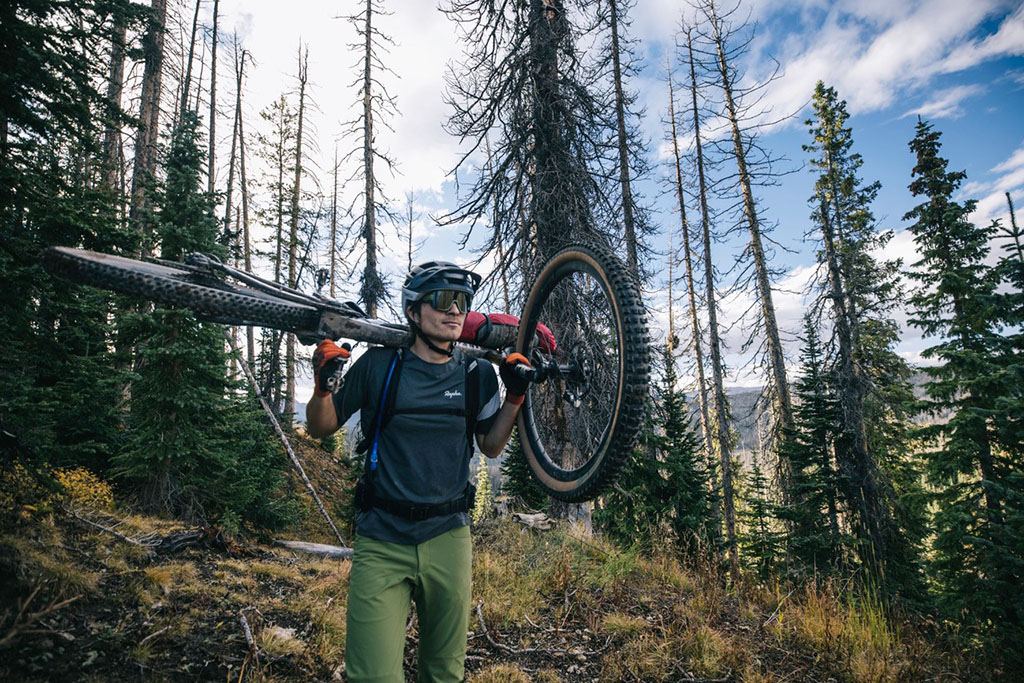
Tread Lightly
When camping, taking the time to leave no trace reduces the impact on the ecosystem and preserves the same experience for those who come next. Re-naturalizing a campsite includes spreading pine needles or brush back over any patches of ground that were cleared for tents or cooking space, ensuring any campfire ashes are fully out by dousing with water, and any trash is packed out with you. Learn more about Leave No Trace (LNT) practices.
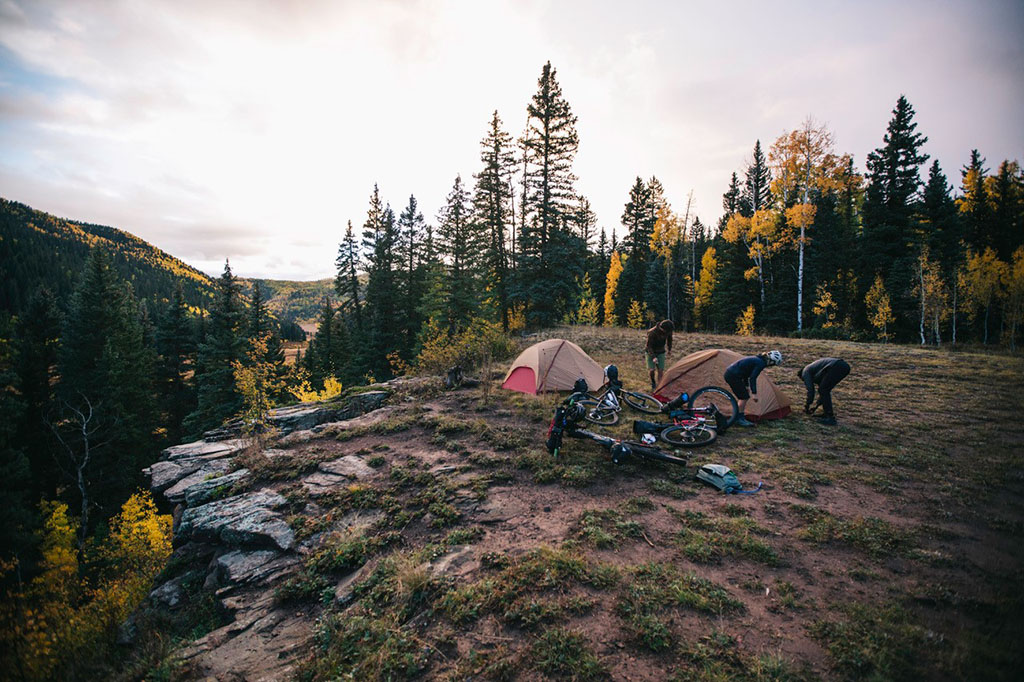
Leave It Better
Carrying a folding hand saw in a bike bag or backpack is enough to clear away trees fallen across trails, which is common after spring thaws and windstorms. This work may seem simple; however, trail stewardship nonprofits frequently spend tens of thousands of dollars a year clearing deadfall trees and overgrowth from trails. 10 minutes of your work can make the next user’s experience better and take some burden off of a local volunteer group.
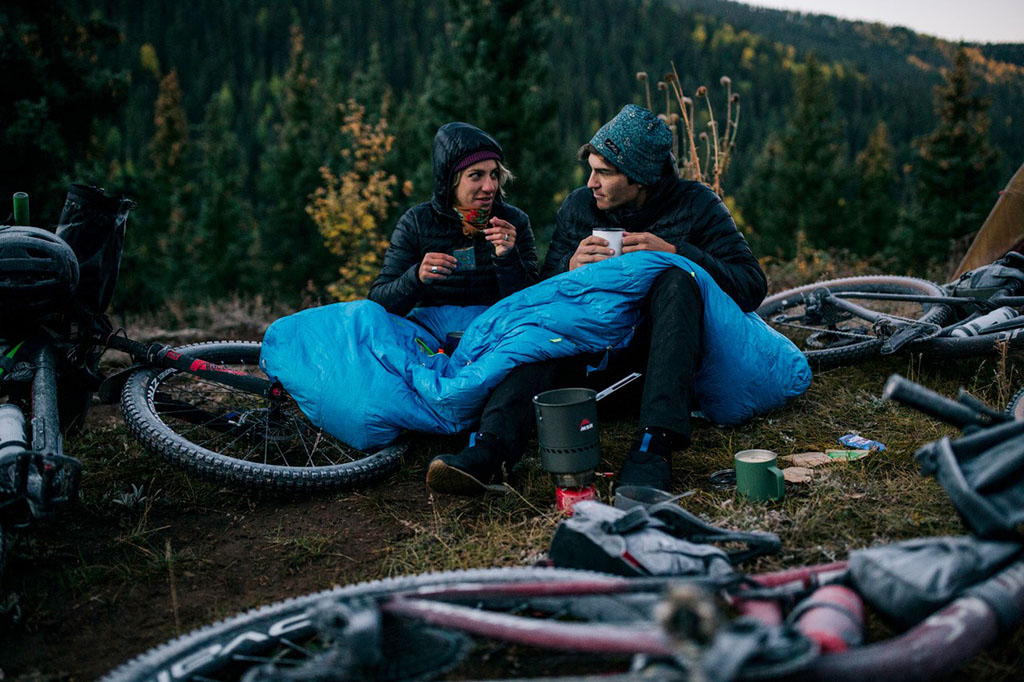
Purchase Responsibly
Only buy gear you need and if purchasing, ensure items are responsibly made and long-lasting. Many outdoor brands have subsections of their web pages documenting their corporate responsibility, which may include wage equitability, sustainable sourcing, nonprofit giving and climate neutrality plans. Choosing companies that take their responsibility to protect the environment seriously generally leads to higher quality goods that will last longer, cutting down on waste and carbon emissions.
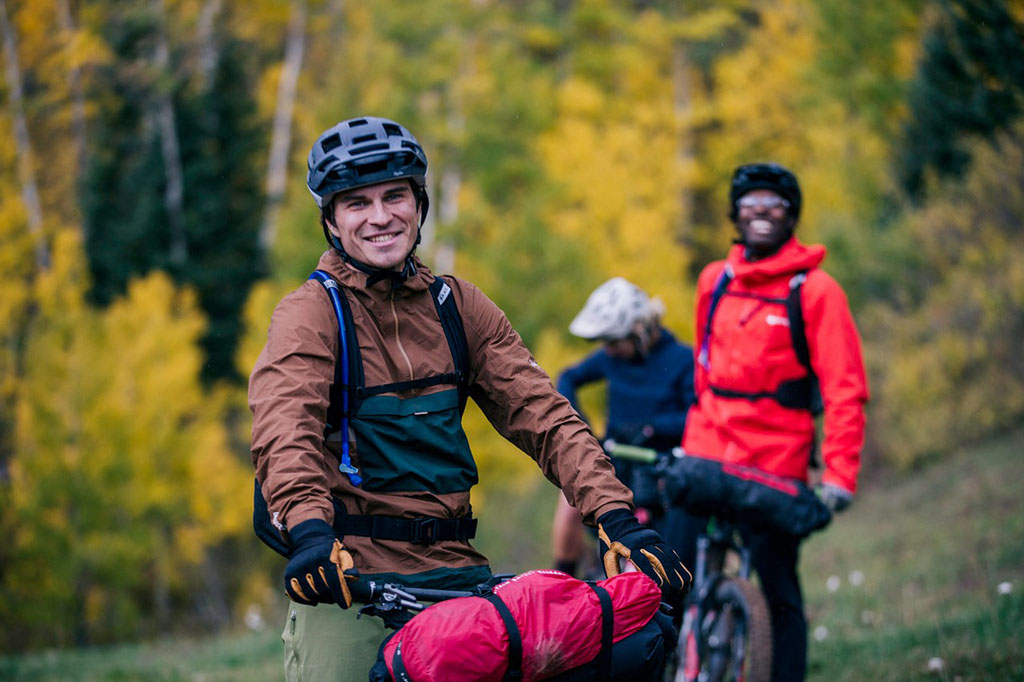
Join a Nonprofit
Recreating within a place is the first step toward fostering an appreciation for it. Bikepacking and any other form of outdoor recreation can be a way to observe, connect with and forge a desire to protect natural spaces. Each of these places may face threats unique to place and time—climate change drives storms, wildfires and drought, extraction interests bid and lobby for rights to log, drill and mine, and trails may disappear as they are forgotten and left unmaintained. Joining organizations like Protect Our Winters, as well as nonprofit trail stewardships and conservation groups local to you, will provide education and actionable items that you can leverage to protect wild places.
Take your first step by watching Usufruct to see how climate change, pine beetles, forests, recreation, wildfire and community intersect in Colorado and the Western US. Take the actions that resonate with you from the film and apply them to your own outdoor pursuits, whether that is trying bikepacking for the first time or going birding in your local park. The more recreationalists that apply conservation and activism as a part of their time outdoors and in their daily lives, the better our chances of conservating nature for the long term.
Photos by Andy Cochrane, Words by Dillon Osleger.
Author Bio
Dillon Osleger is an environmental scientist, nonprofit executive director and professional mountain biker. Working at the intersection of recreation and our rapidly changing natural world, Dillon leverages community activism, editorial journalism and political advocacy to protect the places he loves.
Related Posts:

